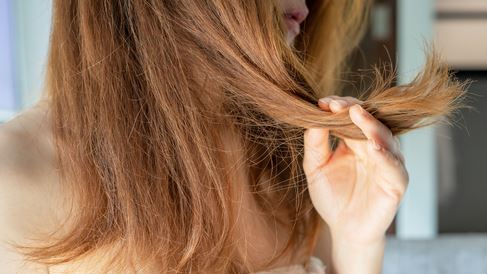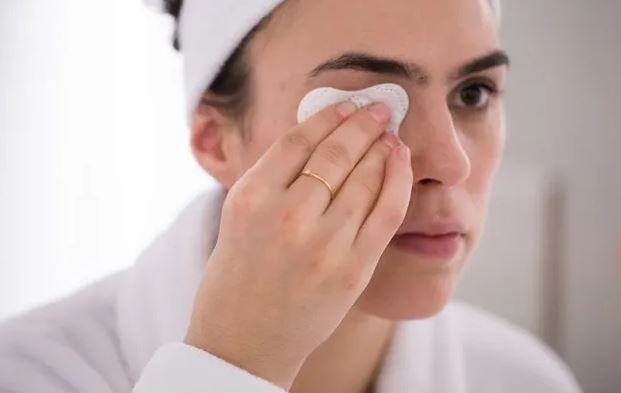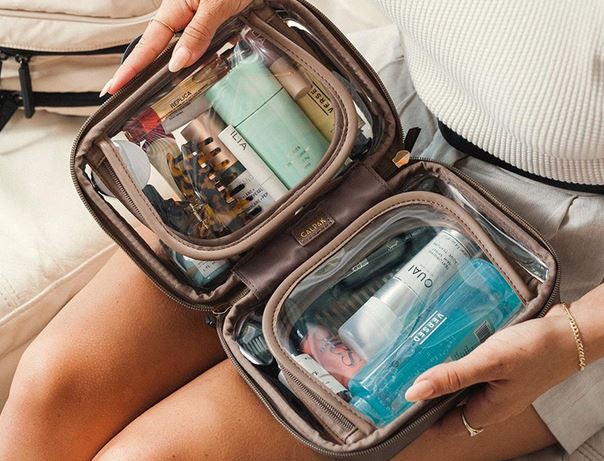Tips for Managing and Preventing Hair Breakage | |

| |
Hair breakage can be a frustrating and common problem that many people face. Excessive hair breakage can leave your hair looking dull, frizzy, and unhealthy. However, with proper care and a few simple tips, you can effectively manage and prevent hair breakage. In this article, we will provide you with valuable tips and techniques to help you keep your locks strong, healthy, and breakage-free. Understanding Hair BreakageHair breakage occurs when the hair strand becomes weak and breaks off. There are several factors that can contribute to hair breakage, including:
Tips for Managing and Preventing Hair Breakage1. Limit Heat StylingReduce the frequency of heat styling and use heat protectant products before using hot tools. Opt for air-drying your hair whenever possible and embrace heatless styling techniques like braids, buns, or twists. When using heat, set your tools to the lowest heat setting necessary for the desired style. 2. Be Gentle with Wet HairWet hair is more susceptible to breakage, so handle it with care. Avoid rough towel-drying and instead gently squeeze out excess water or use a microfiber towel to absorb moisture. Use a wide-toothed comb or a detangling brush to gently detangle wet hair, starting from the ends and working your way up. 3. Avoid Tight HairstylesTight hairstyles like ponytails, buns, or braids can cause tension and stress on the hair, leading to breakage. Opt for looser styles or use hair-friendly accessories like scrunchies or fabric-covered elastic bands that won't pull or tug on your hair. 4. Use a Wide-Toothed Comb or a Detangling BrushWhen detangling your hair, use a wide-toothed comb or a detangling brush to minimize breakage. Start at the ends and work your way up, gently removing any knots or tangles. Avoid using regular brushes with closely spaced bristles, as they can cause more breakage. 5. Deep Condition RegularlyDeep conditioning treatments help nourish and strengthen the hair, reducing breakage. Use a deep conditioner once a week or as needed, focusing on the mid-lengths and ends of your hair. Leave the conditioner on for the recommended time and rinse thoroughly. 6. Protect Your Hair from the ElementsShield your hair from harsh environmental factors by wearing a hat or using a scarf when exposed to the sun or extreme weather conditions. Avoid overexposure to chlorinated water or saltwater, as they can strip moisture from the hair and make it more prone to breakage. FAQs about Managing and Preventing Hair BreakageFAQ 1: Can trimming my hair prevent breakage?Regular trims can help prevent split ends, which can lead to further breakage. Trimming every 6-8 weeks can help maintain the health of your hair and prevent breakage from spreading up the hair shaft. FAQ 2: Are there specific haircare products that can help prevent breakage?Look for haircare products specifically formulated to strengthen and protect the hair, such as those containing keratin, biotin, or essential oils. Additionally, using leave-in conditioners, serums, or oils can help nourish and moisturize the hair, reducing breakage. FAQ 3: Can a healthy diet help prevent hair breakage?A balanced diet rich in vitamins, minerals, and proteins can contribute to overall hair health. Foods like salmon, eggs, spinach, and nuts are known to promote healthy hair growth and reduce breakage. FAQ 4: Is it okay to color or chemically treat my hair if I'm prone to breakage?If you're prone to breakage, it's best to minimize the use of chemical treatments or consult a professional stylist who can assess the condition of your hair and recommend suitable treatments or alternatives that are less damaging. FAQ 5: How long does it take to see results in reducing hair breakage?Results may vary depending on the individual and the severity of the breakage. Consistently following the tips mentioned in this article and adopting a healthy hair care routine can lead to visible improvements in hair strength and reduced breakage over time. FAQ 6: Can using silk or satin pillowcases help prevent breakage?Silk or satin pillowcases create less friction and reduce hair breakage compared to cotton pillowcases. They also help preserve hairstyles and prevent tangles while you sleep. ConclusionManaging and preventing hair breakage requires adopting healthy hair care practices, minimizing damaging habits, and nourishing your hair with the right products. By following the tips provided in this article and being mindful of how you handle and style your hair, you can promote strong, healthy, and breakage-free locks. Remember, patience and consistency are key, and with time, you'll notice a significant improvement in the overall health and resilience of your hair. | |
| Category: Hair Care | |
| Total comments: 0 | |
 |
| The Art of Hair Parting: Enhancing Your Facial Features |
 |
| The benefits of incorporating aromatherapy into your beauty routine |
 |
| The Art of Updos: Elegant Hairstyles for Formal Events |
 |
| 5 Makeup Hacks for Busy Mornings |
 |
| The Importance of Properly Removing Makeup Before Bed |
 |
| Fashionable Workwear Ideas for the Modern Professional |
 |
| 5 Essential Makeup Products for Travel |
 |
| Sustainable fashion brands to support |
 |
| Achieving the Perfect Cat Eye with Gel Eyeliner |
